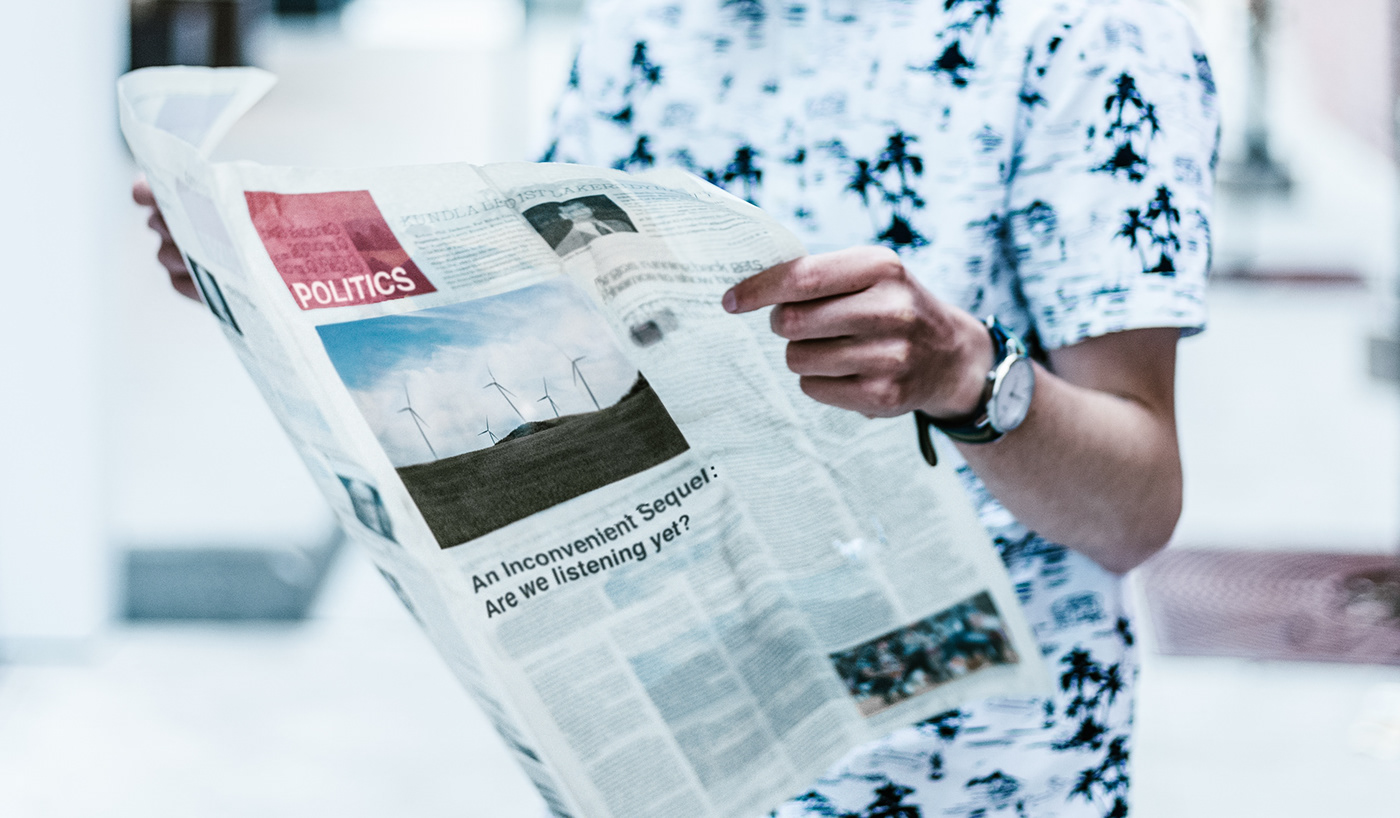Callback address (notify payment result)

The callback address is the notification address of the payment result. This address is actively uploaded by the transaction initiator when placing an order, and is used to receive the user's payment result at HE Tuber the cashier. At this point, our entire cashier implementation plan has been clarified, and now we can start the actual design.
2. Checkout interaction
There are four mainstream mobile payment forms for completing payment through the cashier: "bank card payment, balance payment, APP payment, and scan code payment". These payment methods all follow the "four-stage" payment method. (It should be noted that the following cashier interactions are provided from the perspective of a third-party payment institution that provides payment services to merchants)
1. Bank card payment
The bottom layer of bank card payment is based on fast payment products. The characteristic of fast products is that they need to sign a contract and bind the card, and generally require SMS verification codes when making payments. Therefore, after selecting the payment method here, the local quick cashier is called. The subsequent callback result can be completed very quickly because it is a local payment method, and then the result is synchronized to the merchant.
2. Local balance payment
Local balance payment mainly refers to payment through local payment accounts (payment accounts are also called member accounts and balance accounts). After selecting the payment method, the user will jump to the cashier of the balance account to confirm the order and account, then enter the password to complete the payment. Since the account is local, the callback result is returned to the merchant very quickly, and the merchant page is also returned synchronously.
3. Channel account payment
Channel account payment mainly refers to accessing products such as "WeChat, Alipay" or "bank digital account". This type of payment also uses a four-stage interaction, so the process is relatively complicated. After the user selects the payment method at the cashier, he must first call the channel cashier to allow the user to complete the payment after jumping. After the payment is successful, you need to receive the callback result from the channel, and then synchronize the callback result to the merchant. Finally, the channel returns the page to the payment platform, and the payment platform returns to the merchant.
It can be seen that each node in this process has merchants, payment platforms, and channels to forward and synchronize, so it is easier to have unclear results. Therefore, this type of product needs to cooperate with scheduled tasks to synchronize results and maintain the "merchant, payment platform , channel” results in eventual consistency.
4. Scan the QR code to pay
Scan code payment mainly refers to "static code tag" or "website/self-service equipment product code". Their feature is that they can create a QR code. After the user scans the code to place an order, the user can then scan the code to jump to a different APP. Complete the payment at the cashier (usually the official account or service window). After the payment is successful, the user clicks to confirm in the APP to return to the result page. If the result page here is a static code plate, the merchant has not customized it, so it can directly return to the payment page.
